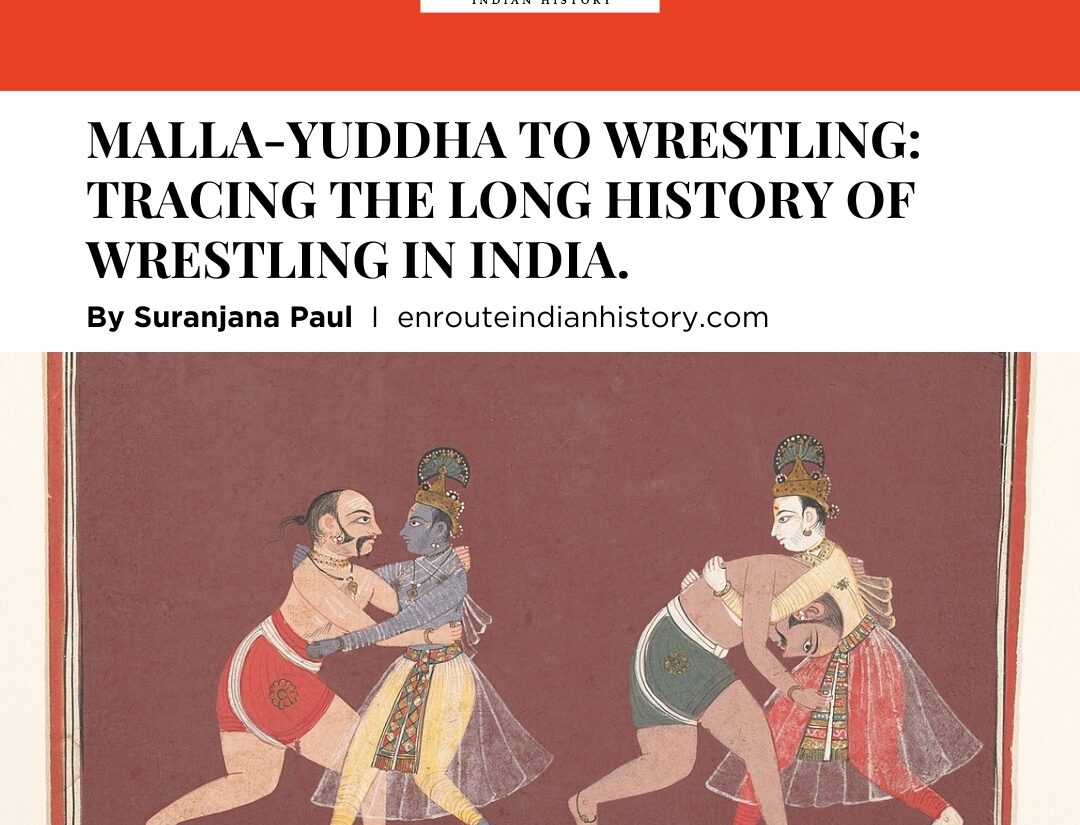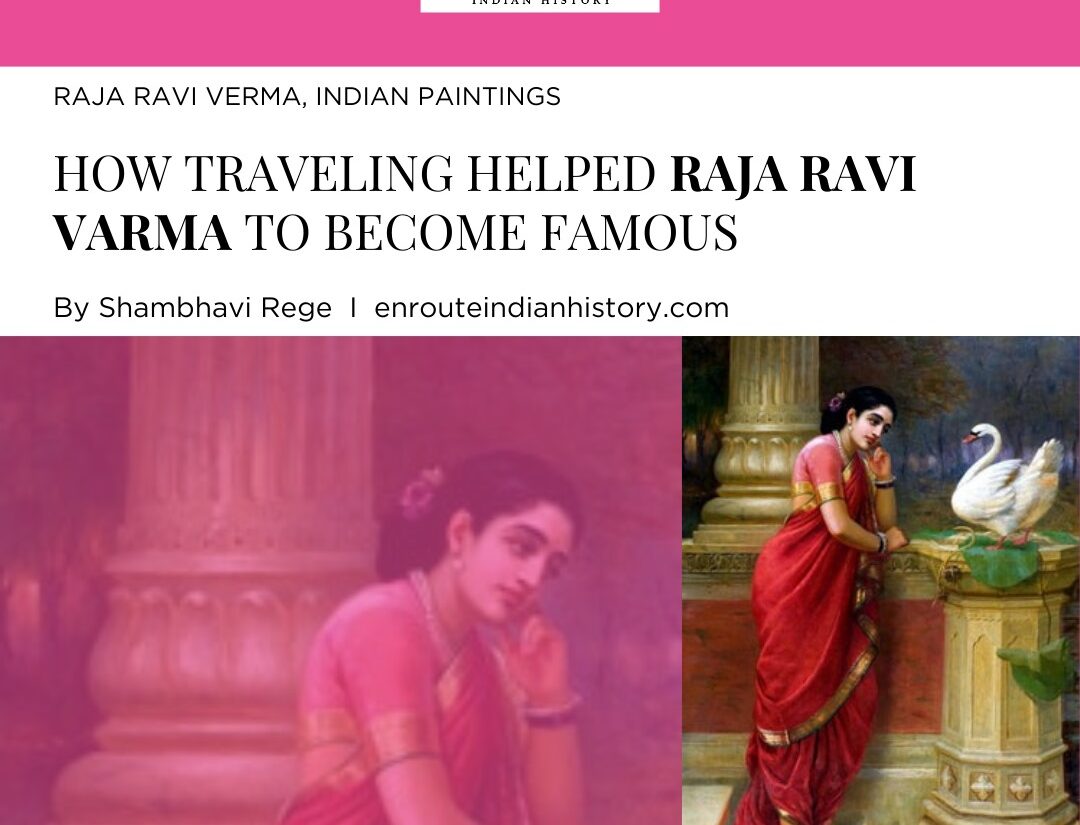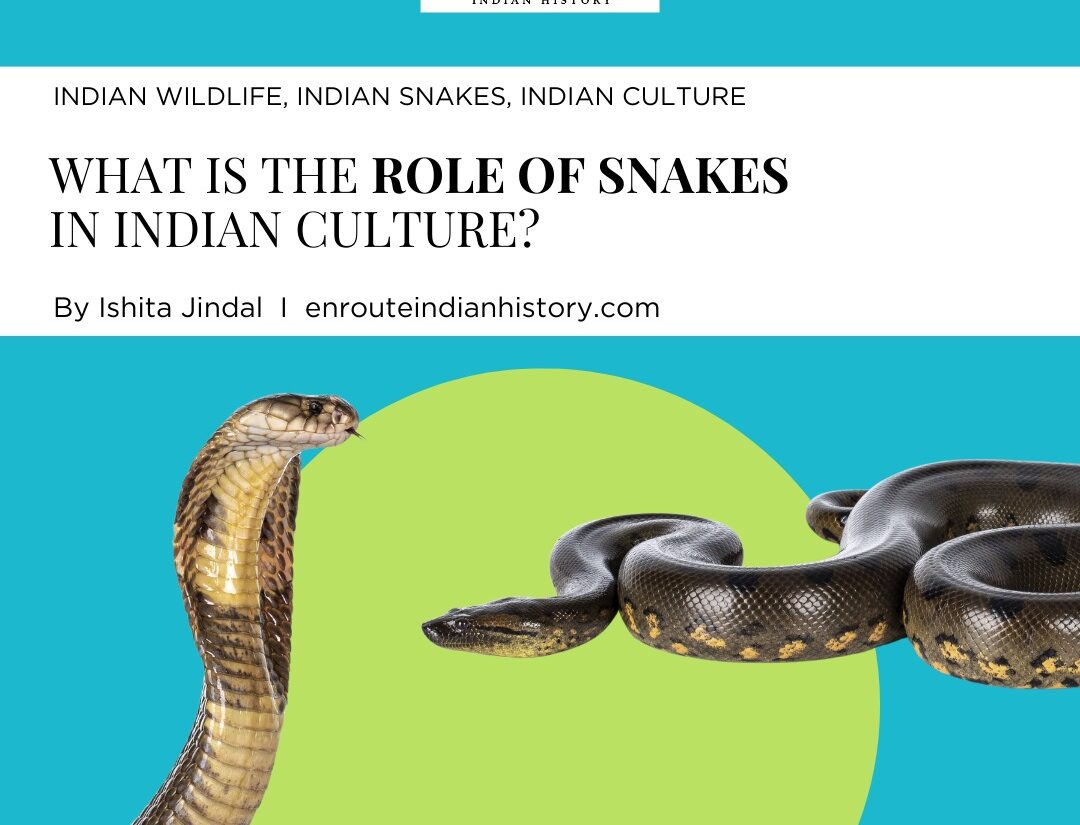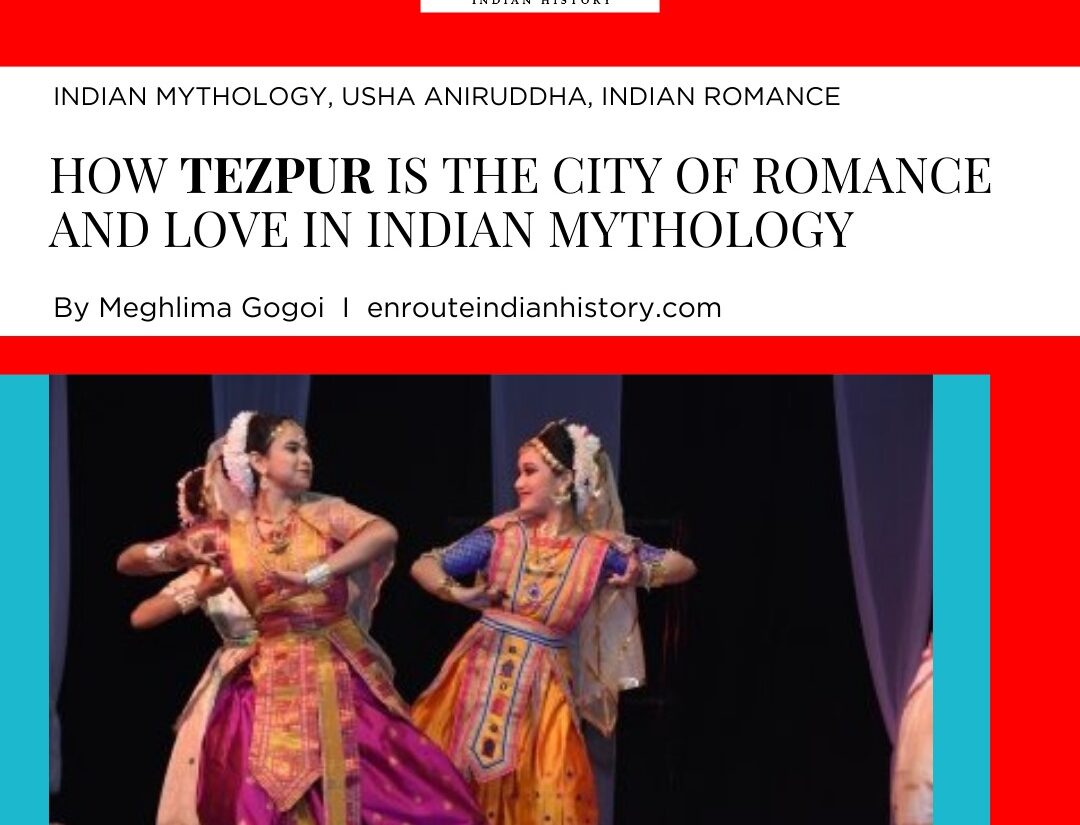‘Om Gan Ganapataye Namo Namah!’ is the chant that we often say before embarking on a new journey- be it literal traveling or the journey of our life. Like Hermes of Greek and Abeona and Adiona of Roman cultures, the Hindu religion is not debarred from their ‘God of Travel’- Ganesha. We know Ganesha as the ‘vighnaharta’-one who ceases our miseries- but the story of him as the traveling deity is not uncommon. Lord Shiva declared Ganesha the winner when he and Kartikeya were asked to travel the entire cosmos in the fastest time, and while Kartikeya made a tour of the entire world, Ganesha made a circumambulation of his parents, considering them as his world.
Exile and Traveling-
The closest reference to traveling that we can find in our Indian religion is ‘yatra’, meaning ‘journey’ to a pilgrimage site, namely the confluence of sacred rivers, mountains, or other revered sites associated with epics like Ramayana and Mahabharata. One common facet amongst many, between these two epics, is the episode of the exile, notably, forced or involuntary exile. In Mahabharata, the Pandavas and Draupadi had to go to ‘vanvas’( van- forest; vas- stay) while in Ramayana, it was Rama, Sita, and Lakshman.
Exile is usually understood as one’s deportment or geographical displacement and a physical detachment from their home or state. On these lines, Thomas Pavel (1998) argued that exile is a form of “impelled human mobility.” To loosely explain what Edward Said in ‘Reflections on Exile’ (1984) had explained about the term, is that it is a chronic divide between one’s self and its true home, with smaller episodes of happiness, only to cover the “crippling sorrow of estrangement.” This doesn’t seem like the ideal notion one would have of traveling. It is supposed to be pleasing and comfortable. Here comes the concept of ‘comfortable exile’, where one’s past and present ‘homes’ co-exist congenially. Now, I would like to believe that the plot of exiles as shown in the epics of our Hindu mythology are along the lines of comfortable exile- though more tangible with domestic exile, where individuals are displaced to due internal politics- since, let’s say, Rama, Sita, and Lakshman were on a vanvas ‘together’, and they had each other’s moral and emotional support.

A painting of Rama, Sita, and Laskhman bidding off Ayodhya, surrounded by townsmen and waved off by King Dashratha (Source: British library)
The Ramayana and Traveling-
Kanthapura mentions that “there is no village in India, … that has not a rich Sthala-Purana or a legendary history of its own.” The story of Ramayana provides an almost geographical map of the Indian subcontinent from its northern to its southern point. The trio had started off their journey from Ayodhya, from where they were banished, and ended up down south to Rameshwaram and then to Lanka. The term Ramayan itself means Rama’s journey ( Rama and Ayan- travel or journey).

The route undertaken by the trio from north to the south of the country
Pande and Kulkarni in their book “ In the Footsteps of Ramayana”, using the varied versions of The Ramayana and the local fables and folklore, have presented the entire travel map of the exile. The book tells us that the trio- Rama, Sita, and Lakshman– starts off by spending their first night in the village of Chakia, out of Ayodhya, leading to a rivulet- Tamasa, the mention of which one finds in the text. Interestingly, since people were following their ‘lord’, Rama misled them or “chakiya diya” and moved towards the east or “Purva”, giving the village its name- ‘Chakia Purva’. Moving further east, the trio, after crossing Tamasa and then the Ganges, traveled to Shringverpur, about 30 Km from Prayag (now, Allahabad), and put on the paraphernalia of a sanyasi. On the way, the writers witnessed the eternal branches of Akshayvat, a banyan tree, where Sita prayed before leaving for Chitrakoot, Madhya Pradesh. It was Sage Bharadwaj’s advice to make Chitrakoot their home, that Rama was abiding. We get to know that here, the trio spent a period of 12 out of 14 years of their exile.
The entire stretch of 84 square km, in Chitrakoot, is worshiped as the three of them traveled through the hills, and the numerous ashrams and camped thoroughly. Here, the Gupta Godavari Caves is known to be the one where Rama and Sita stayed, while Lakshman guarded outside. Further, they moved to the Sphatik Shila, on the banks of the Mandakini River, where it is believed that Sita combed her ‘kesh’ (hair) and Rama plucked flowers to make her a garland. The next epic place is the Bharat Milap Temple, where Rama’s step-brother Bharat, came to take the trio back. On one of the rocky surfaces of the temple, there are several footprints that are associated with several characters from the epic. The temple also marks the place where Rama handed over his wooden sandals to Bharat. The trio headed deeper into the Dandakaranya forest, where the folklore tells lived only demons and ghouls. The jungle was home to animals like lions, tigers, elephants, bears, antelopes, and also deer. Here, they encountered their first demon, an ogre with pythons wrapped around its neck.

A painting depicting Bharat Milap in Chitrakoot (Source: National Museum, New Delhi)
Moving towards Nashik, when the trio came out of the Dandakaranya, there is situated the Ramtek temple, receiving its name from the fact that it was the exact place where Rama rested. The place has more Lakshman temples as he was the one leading the way through the jungle. Then they moved into a forest, Tapovan, where Godavari meets Kapila river, and is significant because the place witnessed a major turning point in the Ramayana– Surpanakha had her nose cut. One of the local fables believes that Nashik gets its name from this incident- “nasika is the nose.”
Then they traveled to Panchavati or the ‘grove of five trees’, where they lived in Parnakuti, from where Sita was abducted by Ravana. From here, their journey begins in search of Sita. The writers talked about the different markers like Sarva Teertha, where Jatayu breathed his last, that is in Lepakshi, Andhra Pradesh, as Rama said ‘Le, Pakshi’ or ‘Rise, O bird’; Walkeshwar temple in Malabar hills where the men came in search of Ravana; and how Shabari directed them towards Kishkindha.
At Kishkindha, Hampi, they met Sugreev and Hanuman, and Rama assembled his vanar sena. The army stopped at different places in Karnataka like Chitradurga or Ramanathapuram. The troop then traveled further south into Rameshwaram. Here, they built the famous bridge- Ram Setu or as many know it Adam’s Bridge. With the blessings of the Lord of the Sea, the vanars carved Rama’s name on stones and constructed the bridge, and reached Lanka, to rescue Sita.

A painting of the vanar sena forming the Ram Setu
Conclusively, to honor the lordship, the Chhattisgarh government has recently recognized the ‘Ram Van Gaman Path’. An aggregate of 248 places has been identified within India and Sri Lanka that lie on the course of their exile. To promote the socio-cultural and religious significance of the country, Ram Van Gaman Path Tourism Circuit is being developed.

(left to right) Lakshman, Rama, Sita (down) Hanuman
REFERENCES
BOOKS
- Pande, Vikrant and Kulkarni, Neelesh. In the Footsteps of Rama: Travels with the Ramayana. HarperCollins Publishers India, 2021
ARTICLES
- Kulkarni, Sanika. “A Study of Retellings In Indian Mythology With Special Reference to Sita, A Book By Devdutt Pattanaik.” International Journal of Creative Research Thoughts., Vol 8, Issue 7 July 2020
- Allatson, Paul and McCormack, Jo. “ Introduction: exile and Social Transformation.” Portal Journal of Multidisciplinary International Studies Vol. 2, 2005.
- Balan, Binesh. “ Making of Comfortable Exile Through Sanskritization: Reflections on Imagination of Identity Notions in India.” Sage Publications India (pvt) Ltd., 2019
IMAGES
http://www.bl.uk/onlinegallery/ttp/ramayana/accessible/pages11and12.html
https://www.quora.com/Which-places-of-India-had-been-traveled-by-Shree-Ram-during-Exile-Vanvas
http://www.harekrsna.com/sun/features/01-10/features1615.html
http://shrirambhakt.blogspot.com/2009/03/blog-post_24.html
- August 8, 2024
- 8 Min Read
- February 16, 2024
- 8 Min Read























